Technology has grown by leaps and bounds over the years as far as displays are concerned. The history of LED video walls is long; we have come a long way from electromechanical display systems to the huge CRTs that defined the early desktop eras to the highly advanced LED display screens that are common in the modern world. The LED technology in itself has further evolved and branched out to produce different types of screens.
We will be focusing our attention today on LED video walls. We will explore what they are all about, the technologies behind them, the roles they serve, and how they differ from other display screens that are available in the market. If you have been curious about LED video wall displays, then you should stick around and read on to the end.
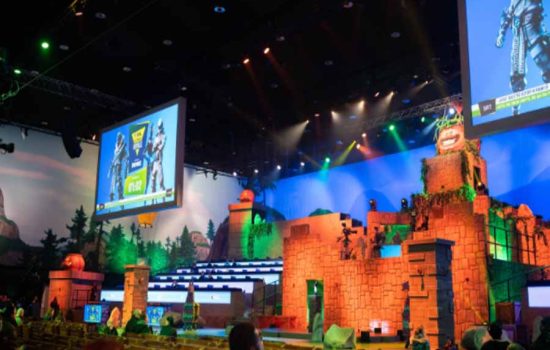
The word LED is an acronym for Light Emitting Diode, an advanced form of a semiconductor light source that is being used in most modern display screens in homes, offices, and outdoor advertising. Unlike commercial LED strip lights, it is a flat-panel that is made of numerous tiny bulbs that emit colorful lights to display full-color pixels that, in turn, show an image on the screen.
LED video walls have become more widespread today because of how cheaper they are these days. As is the case with every new technology, when they came out some years back, they were quite costly and beyond the affordability range of most consumers, but now they are used for wide-ranging applications both in the commercial and domestic sectors.
The main advantage of an LED video wall is that it doesn’t need bezels like most display screens; you can simply tile them up to create a video wall as big as you want, and no one will even notice the lines where the screens join up. Apart from the ability to stack them up to any size, they can also be curved display screens, shaped in other unique positions, and can even be transparent. The things one can do with them are unlimited.
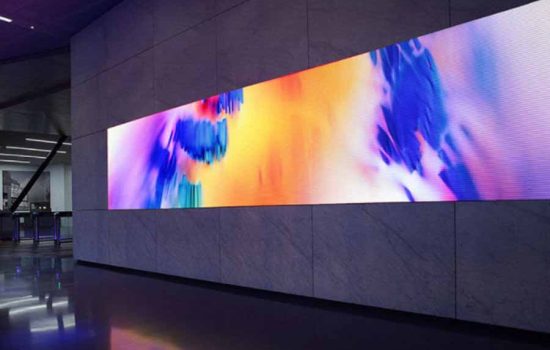
Using LED video walls is very beneficial in any setting that they are used in. Any serious company worth its salt cannot do without LED video walls. The following are some of the reasons why you need LED video walls.
Video walls are big enough to be seen by everyone in the room, no matter how vast the room is. If visibility is not that clear, more LEDs can always be added at any time to make them bigger. This makes interactions during meetings much better.
They declutter the room by eliminating the need to set up laptops, drawing boards, or projectors. All that’s needed is one controller system at the front which can be operated by one person using a remote controller. This is the kind of efficiency that makes meetings more bearable.
They enhance collaboration through video conferencing on top of the seamless sharing of files and documents without the need to come into contact. LED video walls have especially become handy during this pandemic where everything has been switched to virtual platforms,
They are the most efficient way of keeping everyone updated and in the loop on what is happening without the need to make calls or send mass emails to everyone. This used to be cumbersome in the past, forcing people to post messages on notice boards which some people would miss reading in the end.
They can be used to display live coverage of events in real-time in huge and clear formats that can be seen by everyone at the same time. This is why they are preferred in newsrooms these days as they form very good backgrounds.
They are great when it comes to making presentations. The images and videos are displayed in high resolutions, which makes presentations look even beer, and this boosts the understanding during meetings. LED video walls are very effective in showrooms where customers have to be shown the features of what they are buying in detail.
They are cool and a convenient way of displaying anything you want in an upscale format. Be it movies at home or that online game you have been playing with your friends, seeing all that display on an LED video wall is a whole new experience that cannot be described in words well.
The size and the convenience of stacking up a number of screens to create a video wall have opened up countless opportunities where this technology can be utilized to the full. The following are some of the uses of LED video walls today.

These are specially designed LED video walls that can be placed outdoors and indoors for the purpose of advertising services and products. This can be done through images, audio jingles, and videos as well, and they are strategically placed in urban centers and malls with spaces that are frequently used by huge crowds of people. To counter the glare of the sun, these video walls are equipped with high IP protection features that maintain the contrast ratio even in broad daylight, increasing their visibility all around regardless of how strong the sun’s glare may be. The repeatability they offer in displaying ads makes them the best medium for businesses that are looking to launch new products to a new target audience.

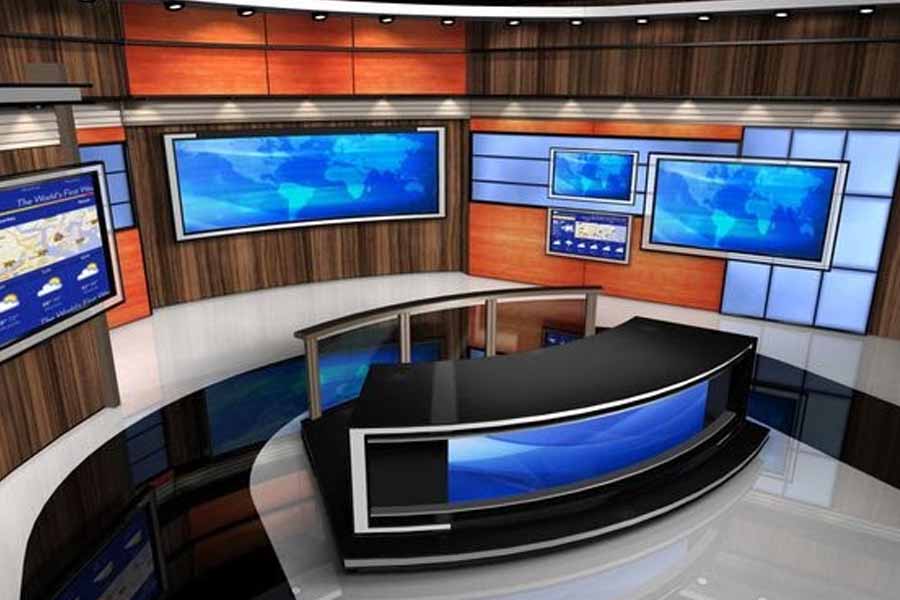

This is the most effective utilization of LED video walls, and it has revolutionized how news is delivered to the people. In the past, most news stations used to rely on green screens, and this would give the news anchors an unnatural look like they are floating in the air. With the introduction of LED video wall technology, the news is presented in a cleaner and organized manner with huge video walls strategically placed behind the anchors and reporters, displaying in detail the piece of news that they are reporting on. This has significantly improved the quality of news broadcasting.
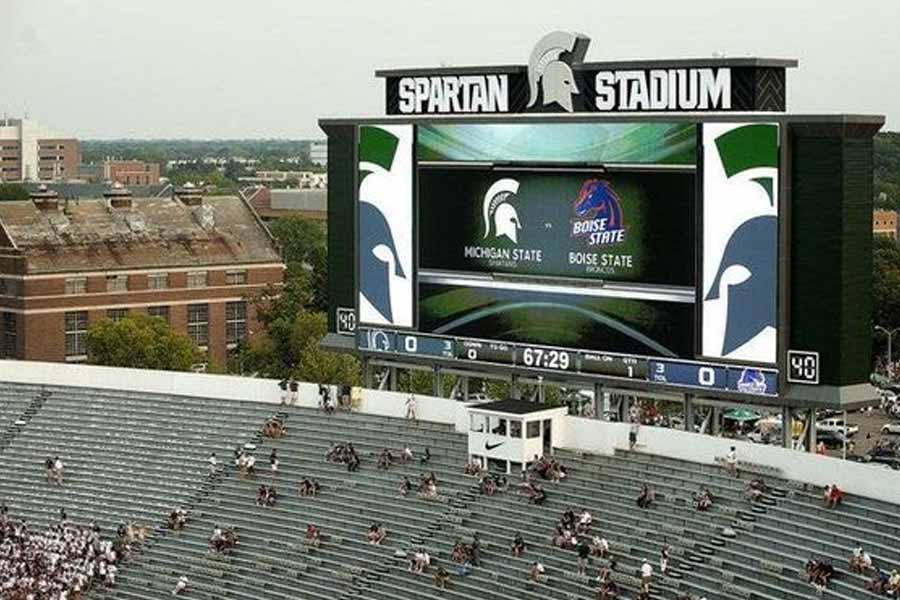
There are stadiums, sports arenas, and auditoriums that are so huge with the capacity to seat more than 100,000 people. When you consider the vastness of these structures, it goes without saying that a display of some sort is needed to make the game visible to people who may be seated too far from the action. LED video walls have become the go-to solutions for stadiums, and they are used to show the game live, both inside and outside the stadium, on top of displaying score lines and other relevant information in the course of the game. This ensures that every fan inside the stadium gets accurate information in real-time.

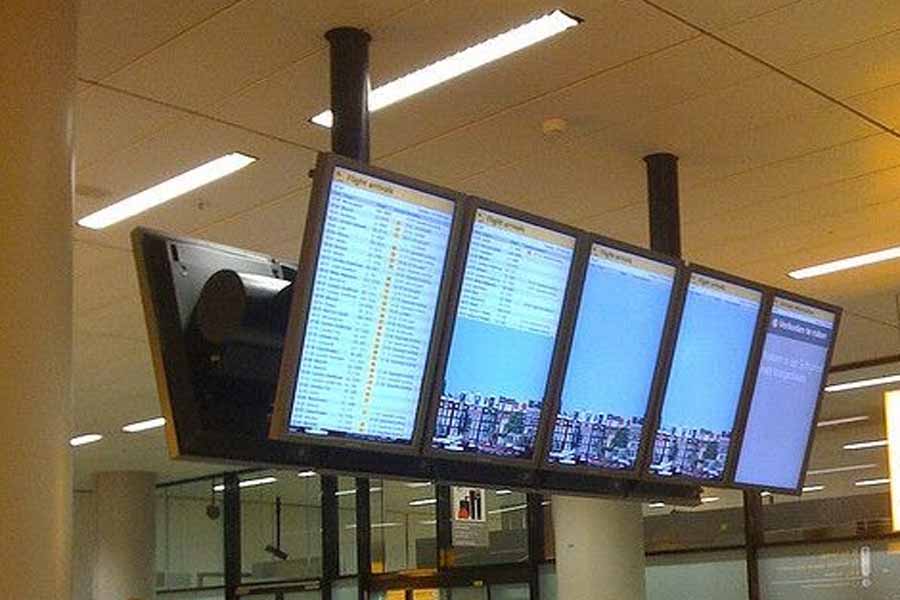

Airports and railway stations are also pretty huge places, and it is easy for someone to miss their flight or trip if they happen to be at the wrong place when their time for departure arrives. However, on top of using audio announcements, many stations and airports have installed LED video wall displays that show all the flights that are boarding and those that are in waiting. The information is updated in real-time to allow people to be on time and this has eased traveling for many people.
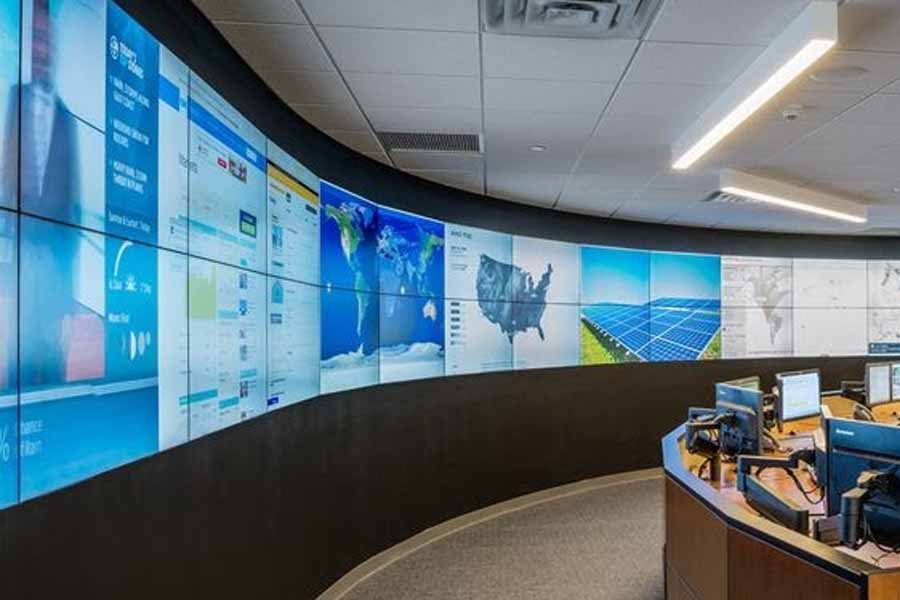
With the pandemic still limiting the movement of people, many companies have switched to virtual meetings through apps like Zoom. Since they involve a huge number of people at the same time, the use of LED video walls has eased the way these meetings are conducted, magnifying the screens many times over makes communication much more efficient as people can see and hear each other better.
The same has also come in handy for control rooms in buildings, airports, stadiums, among other places. Security is important, and the ability to observe everything on huge video wall displays has boosted the chances of authorities apprehending criminals before they cause harm.



LED video walls installed on roads can be used to relay traffic information to drivers from a long distance away, helping them avoid some roads to save time. The video walls used for this purpose have to be huge and cellar to make sure that the information being displayed is understood clearly by drivers who may be driving by way too fast. The same video walls can also be used to pass important information to the public through text, audio, or videos.
Other areas that also make use of these LED video walls include simulation training grounds where people are trained in various things like shooting; they are also used in places of worship, especially when they are staging outdoor crusades. They are also widely used in cinemas and theaters as well as casinos and gambling dens.
Installing an LED video wall is a task that has to be handled by a professional as it is not a simple task that can be handled like a DIY project. Some of these video wall displays can be as big as a house, and that can only be handled by people who are trained for this job. The following are the steps used in installing an LED video wall.
First, begin by coming up with a layout concept. This will be determined by the size of the video wall and the purpose it is going to serve.
Get hold of the display and its mounts. The size depends on what you are trying to set up, and that should be decided beforehand. The monitor mounts have to be in line with the artistic mounting.
Unbox the display monitors and lay them carefully on the floor on top of cardboard or any material that protects them from the floor and any falling debris.
Start marking out the dimensions on the walls using visible lines. This can also be done using painter’s tape, which is more effective and can be removed later on once everything has been taken care of.
Make sure all the monitors are facing down to allow the easy attachment of mounts on the back. The mounts have to be lined perfectly well at the center to avoid having some monitor tilting out of line in awkward angles.
Attach the mounts into the studs you had placed earlier on the walls along the marked outlines. Everything has to be done carefully because, at that point, the added weight of the mounts makes the screens heavier.
Once you have lined everything up, insert the mounts into the drilled holes and secure everything carefully. The style of fastening the screens into the walls differs from company to company; the important thing is that they work as designed.
Once you have mounted the monitors, start fine-tuning them until they all fit perfectly into each other to form one continuous display. This involves getting rid of any space that shows up between the various monitors.
Install the power bars and other electrical extensions as needed. Once all that’s done, it’s time to switch the display on and start calibrating it slowly until you attain the right settings with the best image quality. Your LED video wall is now ready for use.
Installing an LED video wall is not an easy job, as we have clearly confirmed above. For this reason, a lot of thought and deliberations have to be considered before making the decision to purchase from an LED display supplier and install them. The following are the notable factors that one has to pay close attention to beforehand.
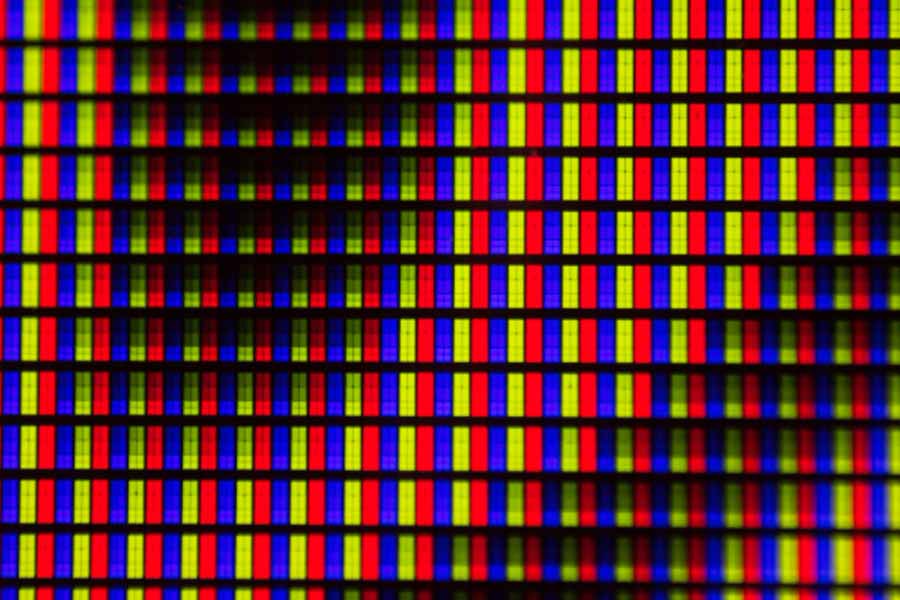

The purpose of the LED video wall will help you determine the resolution you need. Video walls for broadcasting news will be much clearer and smaller than a video wall meant for an airport display system. When it comes to screen resolutions, you have to focus your attention on the sharpness, clarity, and detail of the images and videos when they are blown up to their maximum sizes. The quality of the color display is also very important, and it should play a major role in swaying your decision.

LED video walls don’t come cheap. The bigger they are, the more expensive they get. You have to decide between a full purchase and a hire. The latter may be cheaper if you don’t need to use it frequently, but if you know you are going to expand later on and increase the use of a video wall, then making a direct purchase will be the better move. You also have to consider installation costs as well as the cost of maintaining the display screens and handling the electricity bills. If it doesn’t make any economic sense, then you are better off without an LED video wall.



The size of the LED video wall can only be as big as the size of the space where it is going to be installed. These displays work best when they have enough room that allows for the screens to be tilted and swiveled without coming into contact with obstacles. There has to be space big enough to allow mounting to be done and some extra space that acts as the buffer zone between the people and the surface of the screen. Check out the space that you have before making any purchase.

Whatever you decide to display on these screens will need special software to run, software that will have to be purchased and operated by someone who knows how they work. This means that you have to create room for an additional hire, a technician who can troubleshoot the video wales when they develop complications in their operations. If the LED video wall is too complicated to be handled by someone, then you will be well served, avoiding it at all costs. Go for something whose spare parts can be sourced locally quickly.

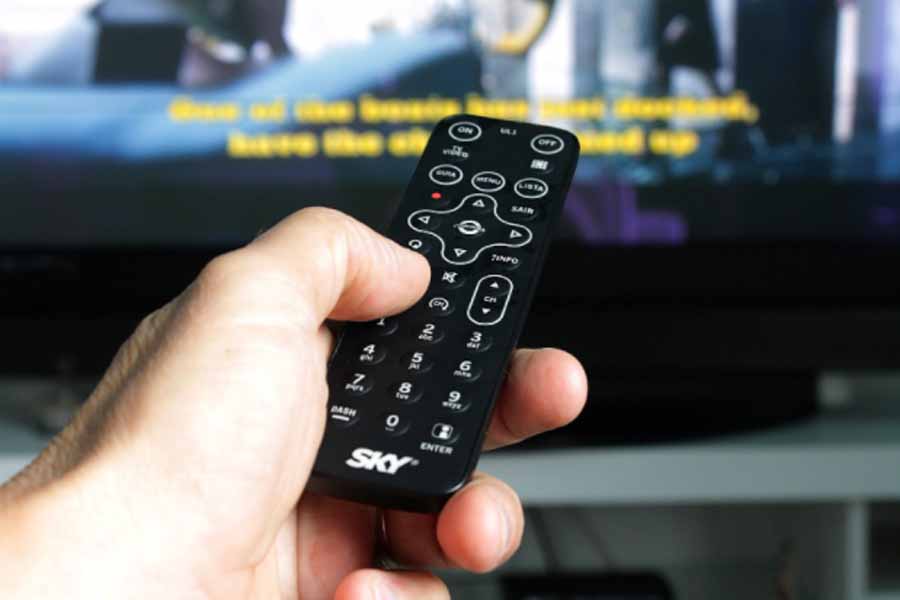

If presentations are a big part of why you are getting an LED video wall, then you should prioritize the remote controller that comes bundled in the package. Using a huge display screen as a video wall only makes sense if there are no obstacles between the people and the screen and if there’s a way of controlling the speed and quality of the presentation remotely. For this reason, only go for video walls that come with programmable remote controllers that can be customized for every penetration at will. This will increase productivity during meetings.

LED video walls, like most display screens in the market, are highly sensitive to heat, moisture and cold. You have to assess the conditions of the room you are planning to install the screen in beforehand to determine how they may affect the video wall. Outdoor displays are usually designed to deal with extreme weather conditions, but those that are designed for indoors come with fewer protections and can be affected by high humidity and extreme cold. Ensure that the room is well ventilated and optimized to house an LED video wall.

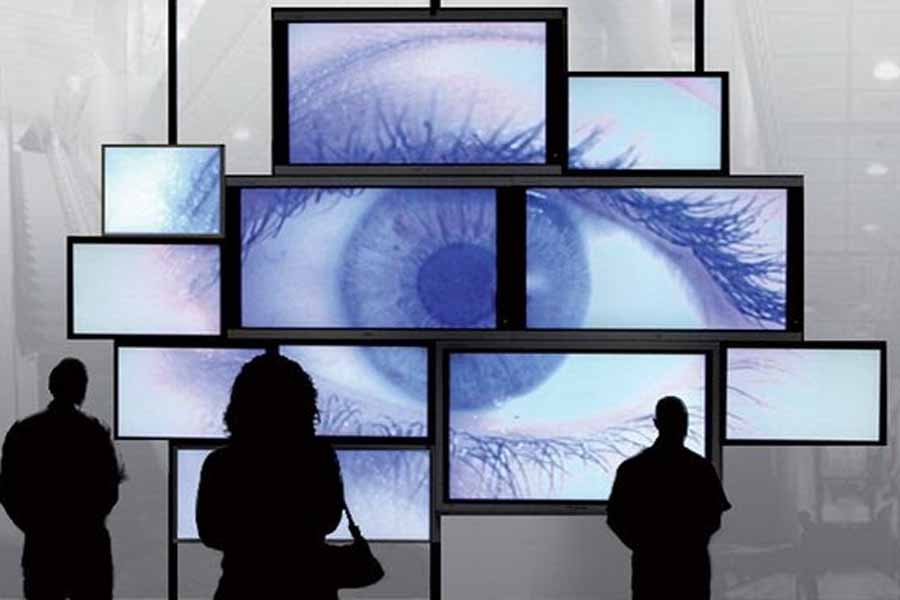

You’ll get more value for your money if you get a video wall that allows for multiple user workflow at the same time. Owing to how big they are, it would be a great waste if the screen cannot be split into several sections that can be assigned different roles. This ensures that no work comes to a halt just because someone else is using the LED video wall. This requires a good software platform that supports this level of multi-usability. It may cost a lot, but you save a lot more in the long run.

When purchasing an LED video wall, check out the terms of sale and find out how long the warranty offered lasts. You should be able to be shielded from having to handle the costs of mishaps that are not your fault. The seller must be able to replace the displays if something that the warranty covers pops up. They should also provide long-term support for at least the first five years after purchase.
These include providing technical support in terms of sending a qualified technician for regular maintenance and checks once in a while at no extra cost. This way, you will be able to enjoy the full services of the display screens for as long as you need to before you start thinking of getting replacements.

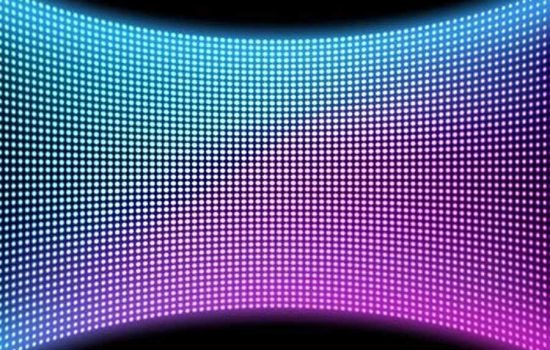
Like any other technology in use in the modern world, the LED video wall tech is also evolving with each passing day and soon enough, we are bound to see new variations making an entry into the market. To get a clear image of the tenet that these developments may be taking, the following are some emerging trends in the video wall department.
Shrinking of Pixel Sizes: Pixel sizes will continue to shrink as the days go by, leading to sharper images that can be fit into panel screens, increasing the overall quality of presentations. Pixels are the reason there are limitations to the sizes that video walls can reach, but once technology allows for better pixels, this barrier will finally be rid of once and for all.
Curved Displays: New video walls will come up soon enough featuring shapes that have never been seen before, from curved displays that change shapes in real-time depending on what they are displaying on top of utilizing other shapes like trapezoids quatrefoils, among many others.
Expanded Uses: With time, LED video walls will expand beyond what they are being used for right now as they become cheaper and more accessible to small businesses and individuals. This will inspire new marketing strategies that will change how people conduct advertising in the future, giving birth to varied forms of utilizing this technology to its fullest potential.
LED video walls are a revolutionary technology that has transformed how advertising is done in the business world. It has also changed the face of the entertainment industry and other sectors that have had the chance to make use of them. If you have been looking to get one yourself, then you are now armed with all the information you need to make an informed decision. If you still have questions and concerns that require more clarification, then do not hesitate to get in touch with us at any time of the day, and we will be happy to address them all for you.